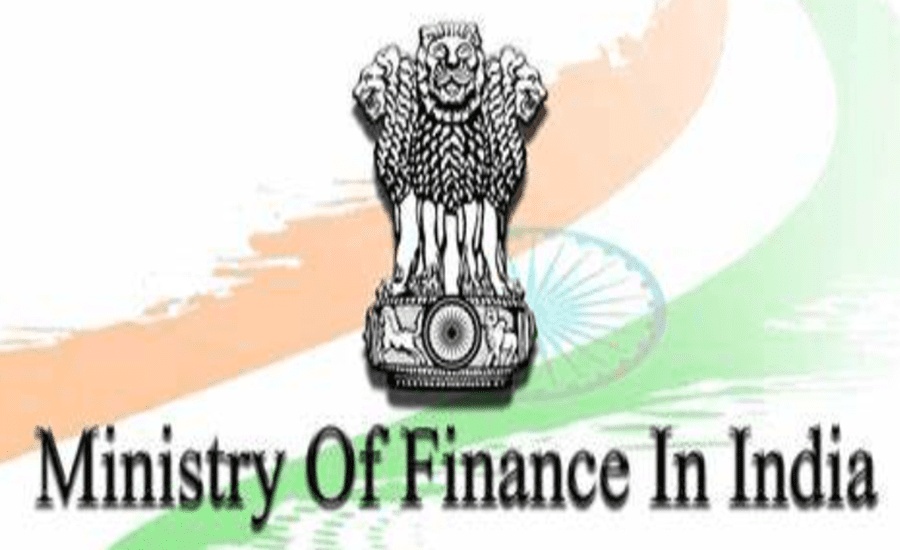
Government Extends Tax Advantages to Unified Pension Scheme
Central government employees are set to benefit from a significant policy shift as the Finance Ministry has expanded tax incentives originally reserved for the National Pension System (NPS) to include the newly launched Unified Pension Scheme (UPS). This decision, announced on July 4, 2025, ensures parity in fiscal treatment between both schemes, resolving earlier ambiguities about the tax implications of switching to UPS. The move aims to provide employees with greater financial flexibility during retirement while encouraging adoption of the newer scheme. By aligning the tax benefits of UPS with those of NPS, the government has created a level playing field, allowing employees to make informed decisions based on their financial needs and long-term planning goals.
Tax Incentives Under the Old and New Regimes
Under the old tax regime, employees enrolled in NPS could claim multiple deductions to reduce their taxable income. These included Section 80CCD(1) for personal contributions, Section 80CCD(1B) for an additional Rs. 50,000 deduction, and Section 80CCD(2) for employer contributions up to 14% of basic salary plus dearness allowance. The new tax regime, however, simplifies the process by allowing only Section 80CCD(2) deductions. The recent policy change ensures that UPS participants can now access the full range of deductions available under the old regime, including the enhanced benefits for personal and employer contributions. This adjustment is expected to significantly lower the tax liability for employees transitioning to UPS, making the scheme more attractive for long-term retirement planning.
Key Features of the Unified Pension Scheme
The Unified Pension Scheme, operational since April 1, 2025, offers a structured approach to retirement income with guaranteed payouts. Employees retiring after 25 years of service receive 50% of their average last 12-month basic pay, while those with less tenure get proportionate benefits. A minimum assured pension of Rs. 10,000 is guaranteed after 10 years of qualifying service, provided contributions are maintained. These assurances are bolstered by government contributions, which include a 10% employer match to employee contributions and an additional 8.5% pooled fund to ensure financial stability. The scheme’s emphasis on guaranteed income and tax benefits positions it as a viable alternative to NPS for many central government employees.
Extended Deadline for Scheme Transition
Recognizing the need for employees to thoroughly evaluate their options, the Finance Ministry has extended the deadline to opt for UPS from NPS. Previously set for June 30, 2025, the new deadline is now September 30, 2025. This extension provides additional time for employees to compare the financial implications of both schemes, consult with financial advisors, and make informed decisions. The change reflects the government’s commitment to ensuring a smooth transition and minimizing disruptions for employees during this critical phase of their careers.
Future Implications for Retirement Planning
The alignment of tax benefits between NPS and UPS marks a pivotal shift in retirement planning for central government employees. With both schemes now offering identical fiscal advantages, employees can prioritize schemes that best suit their financial goals and risk tolerance. The guaranteed payout structure of UPS, combined with its tax benefits, is likely to drive increased participation, particularly among those seeking stable post-retirement income. As the government continues to refine pension policies, this development underscores a growing emphasis on employee welfare and long-term financial security. The extended transition period further demonstrates the administration’s efforts to support employees in navigating complex financial decisions during a critical life stage.



